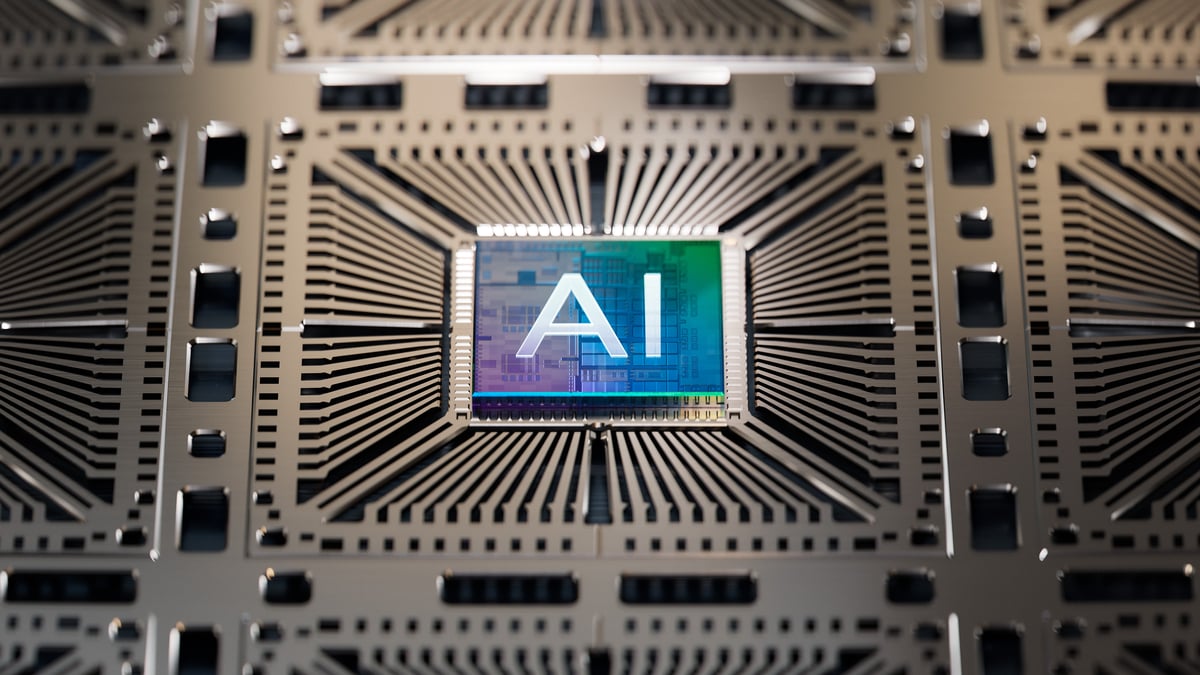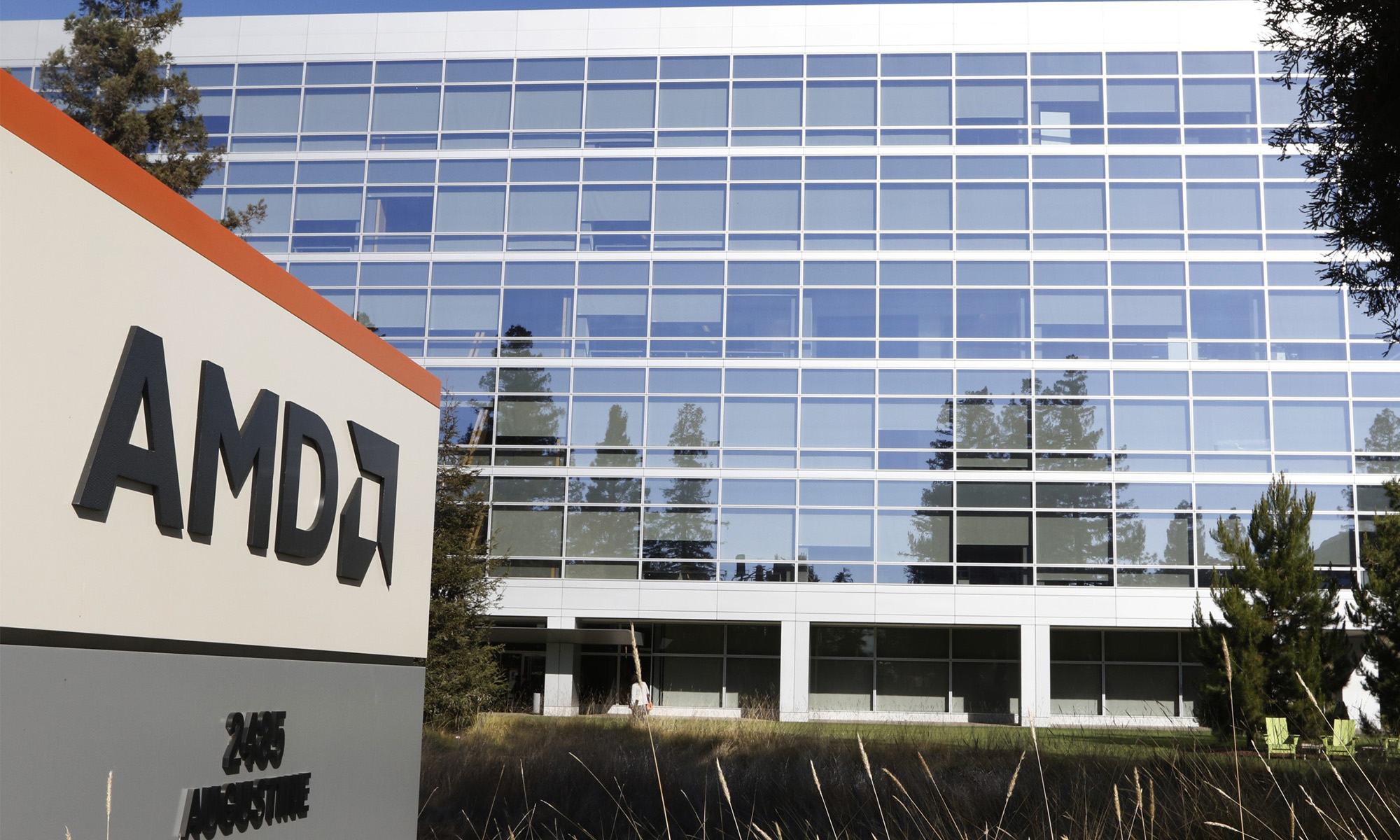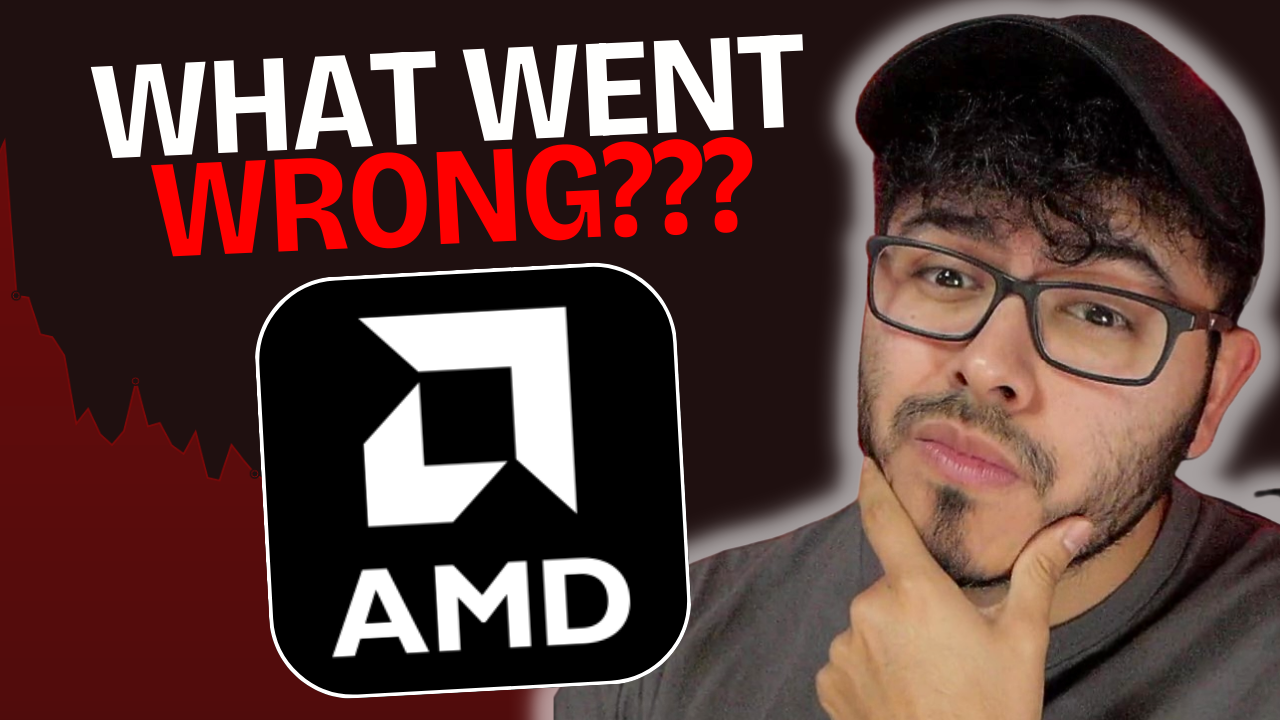The trade war between the U.S. and China has had far-reaching effects on several sectors of the economy. The semiconductor industry recently became a focal point, especially over concerns about intellectual property. The Trump administration began restricting the export of high-tech goods and sensitive technology to China, and the Middle Kingdom has responded in kind. Since China makes about 35% of global semiconductor purchases, U.S. chip makers are getting hit hard.
Despite the trade battle, there are still compelling opportunities for investors in the chip sector, according to Wedbush analyst Matthew Bryson. On Thursday, he made upbeat calls on NVIDIA (NVDA +0.04%) and Advanced Micro Devices (AMD +2.25%).
Let's take a look at what has the analyst so bullish and consider whether investors should follow his advice.

Image source: Getty Images.
NVIDIA is set to bounce
Bryson initiated coverage on NVIDIA at outperform (essentially a buy rating) and expects the price to rise to $184 in the coming 12 months, about 16% higher than Wednesday's closing price.
This upgrade comes on the heels of a challenging time for NVIDIA. Its shares have been pummeled in recent months, the result of much more than just trade war concerns. The company suffered from slowing sales in two markets that were previously soaring -- cryptocurrency and data centers.
NVIDIA rode the wave of the growing popularity of cryptocurrency in recent years, and the process of validating the digital transactions was best performed by its graphics processing units (GPUs). When the cryptocurrency trade bubble burst and prices plunged, a significant amount of GPU oversupply had to be cleared from sales channels.
The company saw a similar slowdown in demand for the GPUs used for cloud computing, data centers, and artificial intelligence as the trade war and economic uncertainty took center stage.
Bryson believes these issues are largely behind NVIDIA. "While we aren't forecasting a rebound in cryptocurrency-related demand (though recent rising prices certainly create the potential for a bounce in mining builds), we do believe that inventories of gaming GPUs have largely normalized (in-line with the slight rebound in NVIDIA gaming sales last quarter)."
Further, the analyst also believes that NVIDIA has established itself as a leader in these high-growth markets -- namely data centers, gaming, and intelligent and self-driving vehicles -- and these technologies will help drive future growth.

AMD's line of Ryzen chips could take share from Intel. Image source: AMD.
Advanced Micro Devices has an edge
Bryson also initiated coverage on AMD with an outperform (buy) rating and a $35 price target, about 17% higher than its closing price on Wednesday.
"We believe AMD's early adoption of a distributed 'chiplet' architecture combined with a shift to leading edge geometries positions the company to take meaningful share from [Intel (NASDAQ: INTC)] in both the PC and server markets over the next few years," Bryson wrote.
For the uninitiated, chiplet architecture is a way of assembling multiple smaller building blocks to build a processor rather than cutting them as a single chip. This is a way to boost performance, as cramming increasing numbers of transistors onto ever-smaller microchips becomes increasingly difficult -- if not impossible.
AMD's latest processors could also take market share from industry leader Intel in the CPU market. Industry watchers took notice when AMD released its new line of Zen 2 desktop processors, which will begin selling next month. The Ryzen-based processors outperformed competing Intel chips in leaked benchmark tests, which could result in greater demand.
AMD has already gained more than 65% so far this year, but with its leading-edge chip designs and speedy new processors, AMD could see even better days ahead.
A rising tide lifts all boats
The entire chip sector got a lift earlier this week when flash memory maker Micron Technology (MU +0.23%) soared double digits after reporting better-than-expected results that seemed to signal that the global oversupply of processors was abating as customers worked through their chip inventories.
There's no way to know for sure if the worst has passed for the semiconductor industry, but these companies offer compelling opportunities despite the ongoing trade uncertainties.









